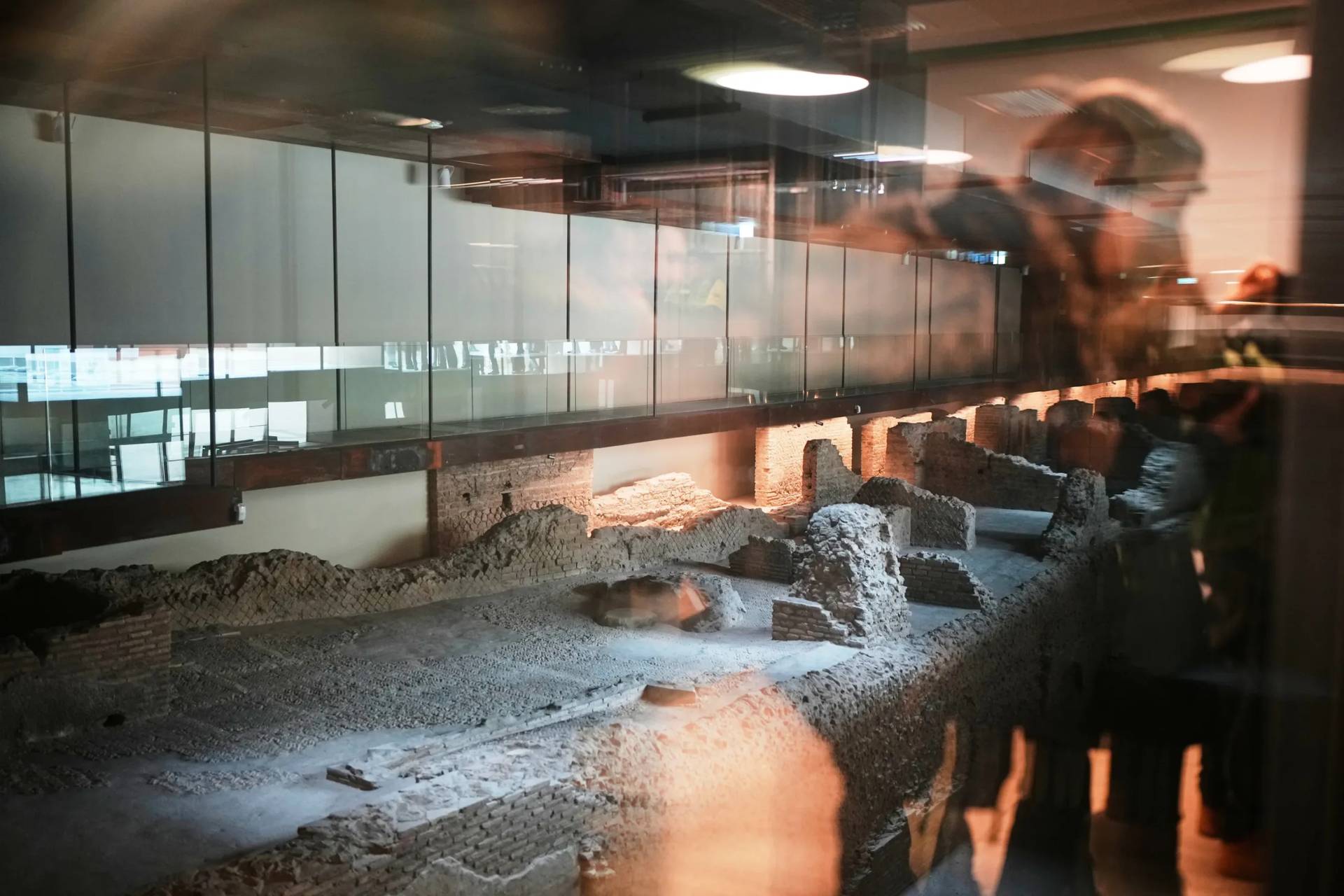ROME – Wild boars have long been one of Rome’s most notorious pests, and in recent months they have become an increasing public nuisance as they have ventured further into the city, raising concern among locals about swine flu and possible attacks.
The latest boar sighting to cause a stir was Wednesday, when numerous passers-by, tourists, and area residents reported seeing a wild boar roaming through the gardens of Rome’s famed Castel Sant’Angelo, which is a stone’s throw from the Vatican and sits at the base of the Via della Conciliazione, the main street leading up to St. Peter’s Basilica.
In addition to being a highly trafficked area by tourists and locals alike, the gardens also contain a playground, where children can be seen romping at all hours of the day.
Local capital and city police arrived on the scene in the late morning and blocked off the area to traffic in the afternoon to ensure public safety while they attempted to contain the boar to an isolated area.
In the early evening, veterinarians and provincial police arrived and enacted the established protocol for such incidents, which, according to local media, is to sedate the animal and take it to a farm, where it will be put down.
Wild boar is a favorite dish among northern Italians who live in mountainous areas rife with the animals, however, the boars roaming the streets of Rome, in an uncontrolled environment, are considered public health and safety hazards.
Roughly 2.3 million wild boars roam around Italy, with the Italian farmers’ association Coldiretti estimating that around 23,000 boars live on the outskirts of Rome.
For months, Rome has been ransacked by an increasing number of wild boars who have steadily made their way further into the city, eating from trash bins and foraging for discarded food. The sighting at Castel Sant’Angelo is the closest they have been sighted to Rome’s historic city center.
Wild boar sightings have also occurred recently in other prominent areas of Rome, such as the Piazza Mazzini, Piazza Bainsizza, and the entire Prati neighborhood, which is also close to the Vatican area.
Last month concern over the presence of the boars spiked when the Italian veterinary institute IZSUM confirmed that three boar carcasses had tested positive for African Swine Fever, a highly contagious viral disease.
Although the virus has no impact on human health, it does pose a risk to farm animals, and therefore, the food that residents consume.
In response to the discovery of cases of swine fever, several areas of the city have been declared “red zones” by public health officials, and anti-boar measures, such as the banning of picnics and the taping off of trash bins, have been enacted to dissuade hungry boars from spreading further into the city.
Last month, Junior Health Minister Andrea Costa issued a statement in which she said a “large-scale cull” was necessary across Italy to reduce the increasing number of wild boars infiltrating cities.
While wild boar attacks are rare, they are known to happen, and several have been reported in recent months in the Balduina neighborhood in northwestern Rome, behind the Vatican.
According to Euronews, on May 8, a woman was taken to hospital after she was attacked by a boar, a mother with a large litter, as she took out her garbage. In response to the incident, Balduina and six surrounding neighborhoods adopted an 8:30 p.m. curfew to prevent further attacks on residents.
Follow Elise Ann Allen on Twitter: @eliseannallen















